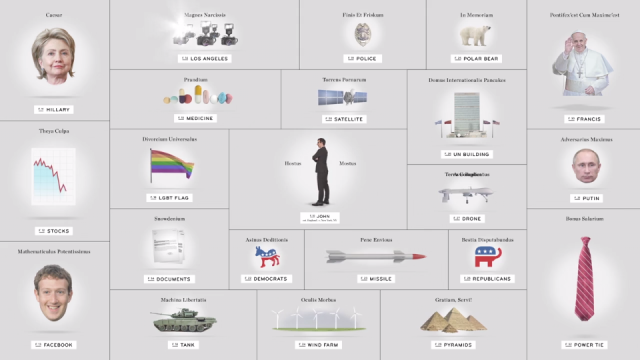Humans can’t tell legitimate science from junk science

When you’re confronted by some new information, how do you tell whether it’s valid or not?
“I’m old enough to remember when the polio vaccine was still new. Also, it hadn’t been that long since most people who caught pneumonia died from it. These medical breakthroughs were practically miracles.” –Pat Cadigan
In 2013, a study came out testing the relationship between brain tumors, both malignant and benign, and Wi-Fi or wireless phone use. They found, shockingly, that people who used wireless phones for more than 25 years showed a 300% greater risk of developing brain cancer than those who used wireless phones for a year or less. This was the third study done by the same group, following patients who had been diagnosed with brain cancer (as well as a control group) from 2007–2009 over many years. The study was peer-reviewed and published in the International Journal of Oncology, and was used to argue, by a prominent UC Berkeley scientist, that the World Health Organization should upgrade the type of radiation that wireless phones emit from possibly carcinogenic to probably carcinogenic to humans.
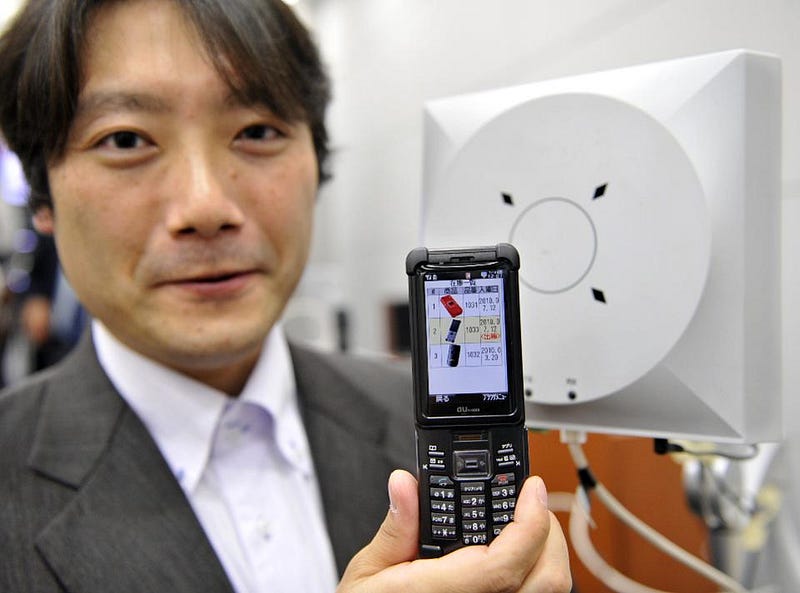
Sounds an awful lot like legitimate science, doesn’t it? But a closer look reveals some unsettling facts about the study, showing that the link unravels:
- A comprehensive review (an aggregate of much larger studies) show no relationship between cancer risk and non-ionizing (e.g., wireless phone) radiation.
- The study that showed a link to cancer had only 593 participants, while the larger studies contained over 300,000 participants each.
- And the “possibly carcinogenic” designation, which is one step above “no evidence for carcinogenic” by the World Health Organization, only came about because, according to the National Cancer Institute:
although the human studies were susceptible to bias, the findings could not be dismissed as reflecting bias alone, and that a causal interpretation could not be excluded.
As it stands today, this places radiofrequency fields on the same playing field as coffee, talcum powder, and living near electrical power lines. In other words, when you look at the full suite of the evidence available on the subject, the looked-for relationship vanishes.
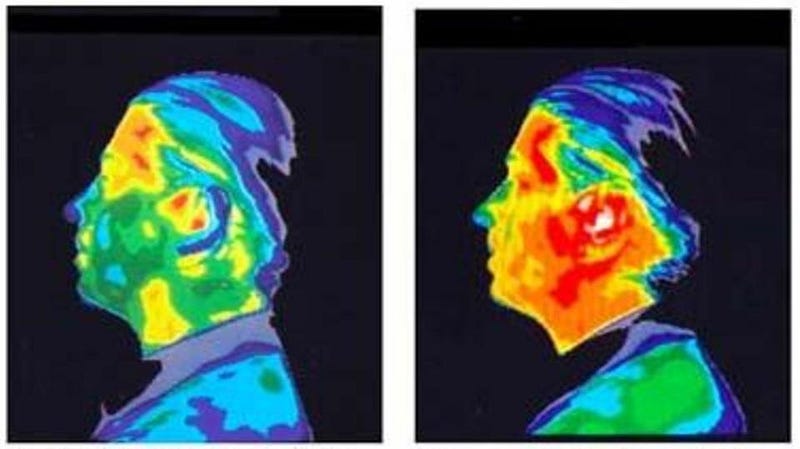
Yet that doesn’t stop some people, who’ve convinced themselves that such a link is there, from promoting that claim with every small study that supports it, regardless of what the total evidence adds up to. Even if you’re a scientist, unless you yourself are an expert in the particular field (or sub-field) in question, it’s very likely that you’re not wholly aware of exactly what the full suite of evidence is. Unless you’re willing to put in an extraordinary amount of legwork — and to do it in a scientifically unbiased way — you’re going to wind up with only a partial picture of what we actually know, setting yourself up for the possibility of deceiving yourself, no matter how earnest you are. It’s with that pitfall in mind that the American Council on Science and Health published their Little Black Book of Junk Science.
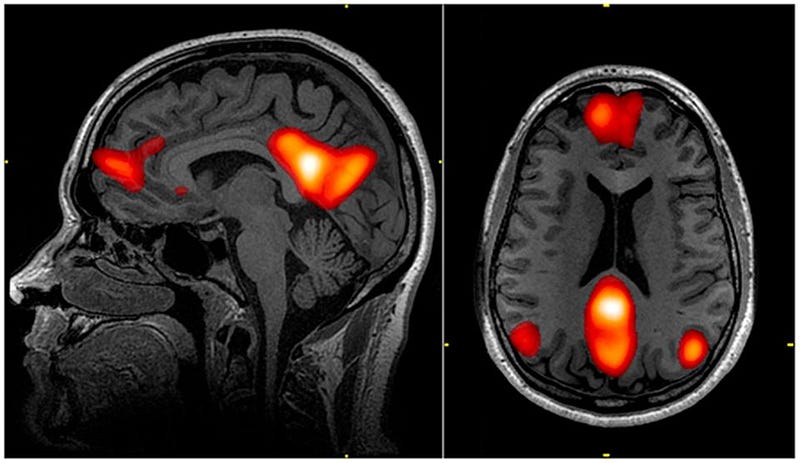
Filled with hundreds of examples where there are widespread misconceptions, prominent misleading claims, or public figures who are charlatans exploiting millions, the book is both an easy, swift read and also one that will likely challenge you no matter how scientifically minded you are. Some of my favorite educational moments include:
- Absolute risk: a claim like “cutting out bacon lowers your risk of a heart attack by 50%” may sound important, but if your risk was already extremely low, like 1-in-10,000, then a further 50% reduction (to 1-in-20,000) may not be important, particularly if the cause-and-effect relationship is unclear.
- Autism: is most likely explained by genetics, not vaccines, GMOs, or parents who weren’t affectionate enough. Also, chelation therapy will not remove heavy metal ions from someone administered a mercury-containing vaccine, because those vaccines don’t contain (or break down into) mercury ions.
- Brain imaging (or fMRI): the idea that you can scan your brain in real-time and see which areas are active is compelling, and sounds like the future of neuroscience. Yet the analysis technique is highly flawed, producing false-positive rates as high as 70%, casting doubt on thousands of fMRI studies.
- Consensus: is real. Literature reviews, meta-analyses, and textbooks are all places where consensus within a field can be found. As the book points out, “If enough evidence contradicts the current consensus, a new consensus will replace it.”
- Glyphosphate (RoundUp): rather than a Monsanto-based, cancer-causing conspiracy, the truth is that Glyphosphate has been off-patent for almost 20 years; the cancer-causing links have all been dismissed and debunked; and the only problem is that it’s led to glyphosphate-resistant weeds, similar to how antibiotic-resistant bacteria develops.

- Hexavalent chromium (chromium-6): sorry, Erin Brockovich fans, ingesting (or drinking) hexavalent chromium doesn’t cause cancer, or any other adverse conditions. It’s only inhaling it that’s dangerous, where it can cause lung cancer.
- Mosquitoes: are not essential to the ecosystem, and will not cause ripple effects. Most species of these disease-vectors, which are the most dangerous animal to humans (surprise!), could be wiped out with little consequence.
- Prediabetes: is not a disease, and shouldn’t be diagnosed as one. Only 5% of people who register a 5.8 score on their glycohemoglobin levels — which qualifies as “prediabetic” — will go on to develop diabetes.
- Sodium: is not linked to high blood pressure, and reducing sodium intake does not have the weight of the scientific evidence behind it as a public health goal.
- X-ray scanners: sound terrifying, bombarding your entire body with ionizing X-ray radiation. But the dose of X-rays? It’s equivalent to spending 12 seconds flying at cruising altitude on an airplane. Don’t sweat over the airport scans, at least not from a health perspective.
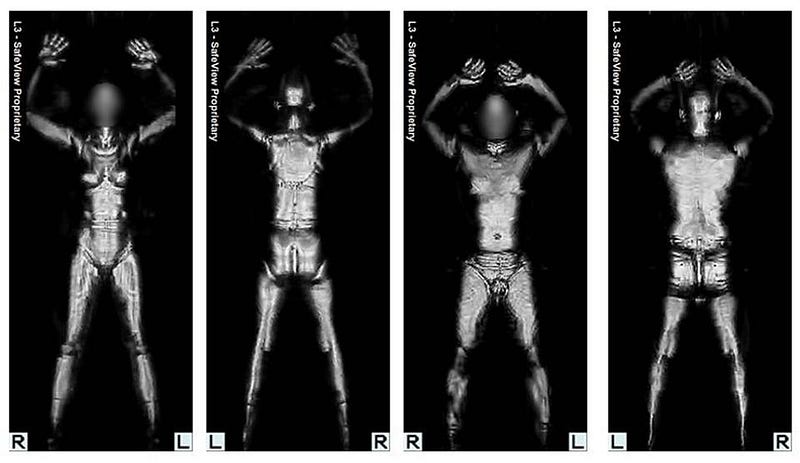
There are also some things in there that didn’t jibe with my preconceptions on various subjects, including their entries on Sex Differences between men and women, Hormone Replacement Therapy, and Three-Parent Embryos. Many of these entries are controversial and, by no means, should not be considered definitively answered, as research is ongoing. But this book doesn’t claim to hold the final answer to these topics, but rather the best answer that science has arrived at so far, looking at the full suite of evidence available on a topic. It’s hard to ask for more than that.
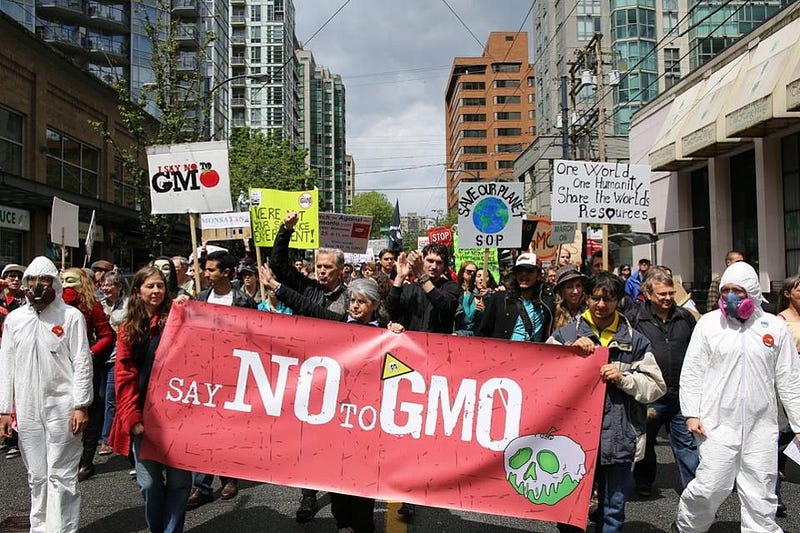
You may also bristle at the book’s use of the terms “activism” and “environmentalism” as boogeyman-style words. I did, for a while, until I read their explanation of what they meant by those terms. I consider myself an environmentalist; I consider myself concerned with the long-and-short-term welfare of our natural places, our drinking water, our clean air, and even with treating other relatively intelligent animals with respect. But what the Little Black Book of Junk Science talks about is the type of environmentalism that leads to a rejection of nuclear power, the banning of GMOs in foods, and the rise of fringe activist groups like PETA. The anti-science nature of these causes and their champions is, in fact, well-documented.
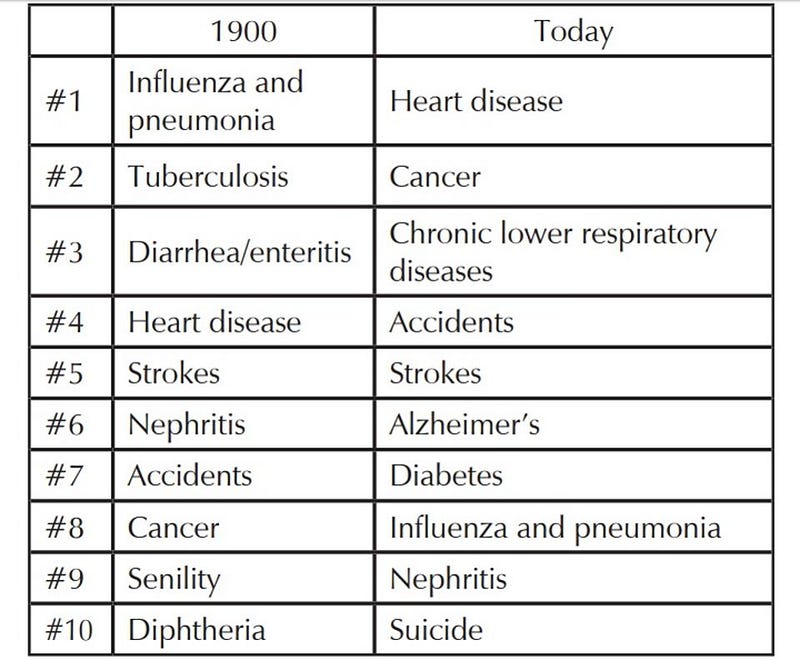
Perhaps most interestingly, they discuss the progress in society that’s come about from basic public health. 100 years ago, the top three causes of death, in order, were influenza & pneumonia, tuberculosis, and diarrhea/enteritis. Influenza/pneumonia is down to #8, while deaths from tuberculosis and diarrhea/enteritis are practically gone. Infections used to be the top killer of humans; today they barely register when compared to lifestyle or chronic diseases, representing a huge advance. If you’re concerned with the ills science brings to our world, perhaps you’d do well to put those fears in context, too.
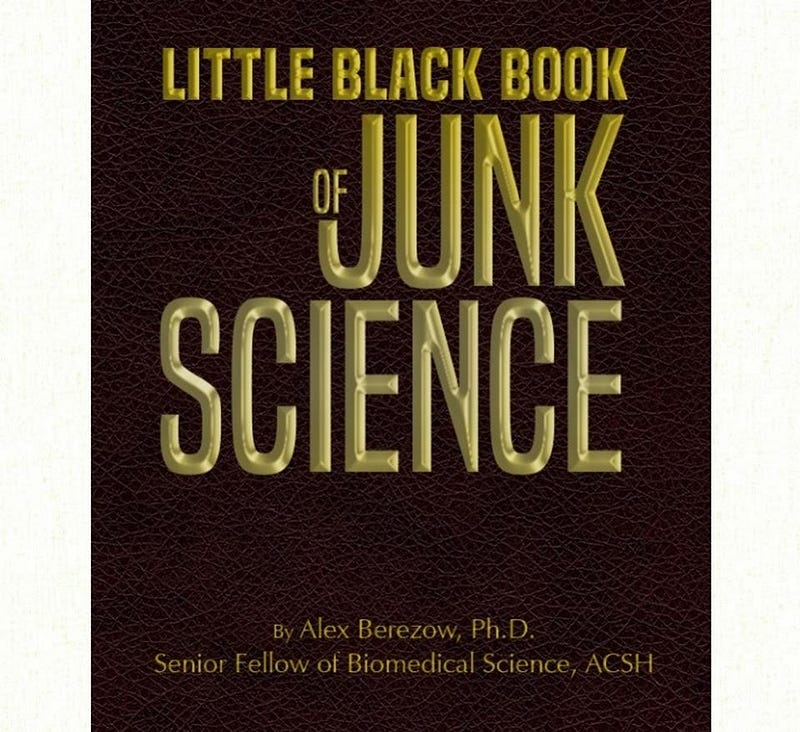
The Little Black Book of Junk Science is a provocative, brisk read at just 73 pages, yet it’s guaranteed to make you think about and question your assumptions. Written by Ph.D. scientist Alex Berezow, it’s available for only $10 as a paperback from Amazon or as a freely-downloadable PDF from the ACSH website. You likely won’t agree with everything in the book, and because of the self-correcting nature of science, I do have grave doubts that 100% of the entries published in this book will hold up to scrutiny decades down the line. But there’s nothing in there that’s egregiously wrong, that’s designed to be misleading, or that arrives at its conclusions dishonestly. Best of all, this book will make you think, and challenge what you think you know about a variety of scientific questions. After all, if you’re really after the truth, shouldn’t your ideas hold up to a little scrutiny?
Ethan Siegel is the author of Beyond the Galaxy and Treknology. You can pre-order his third book, currently in development: the Encyclopaedia Cosmologica.





